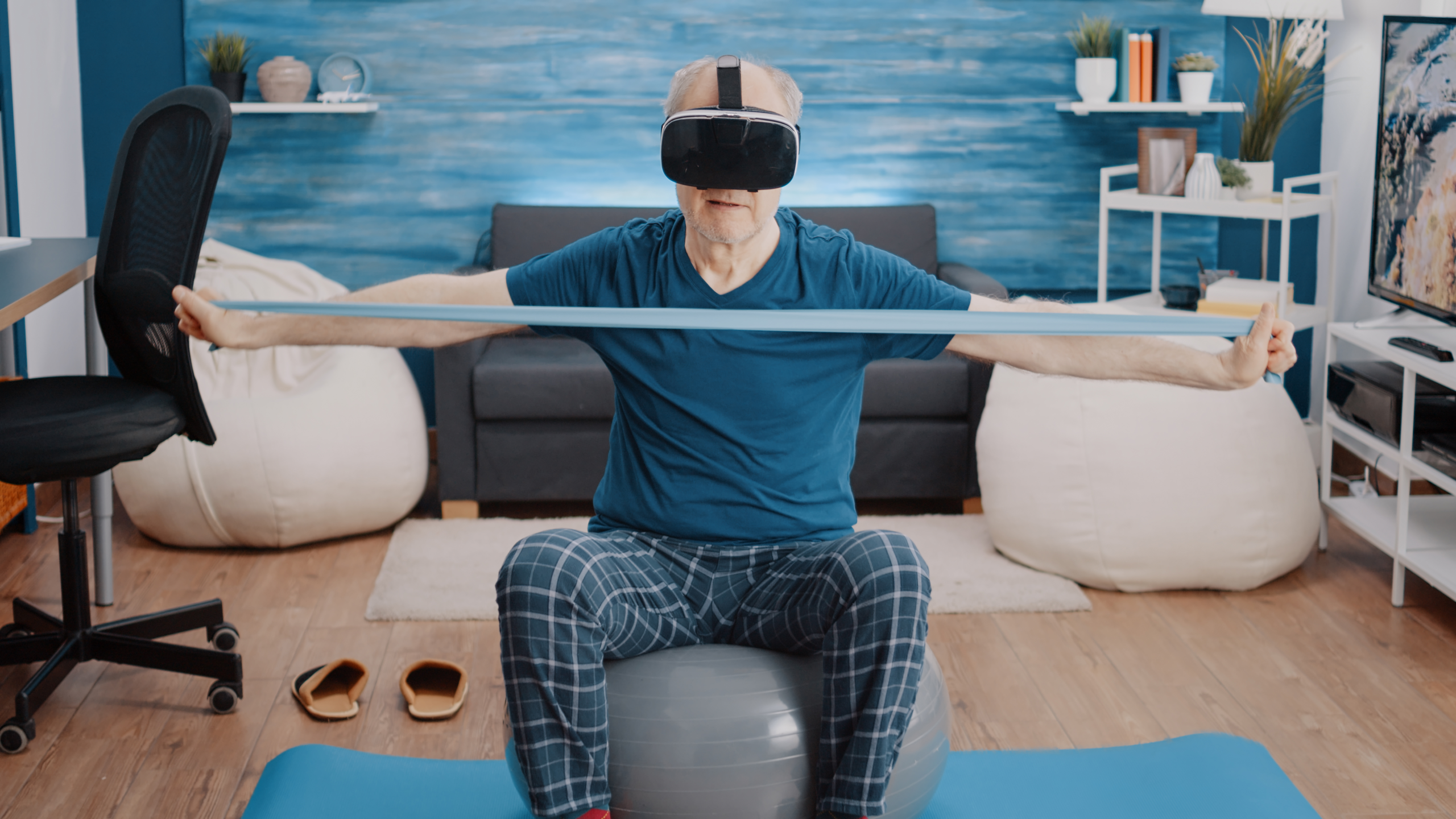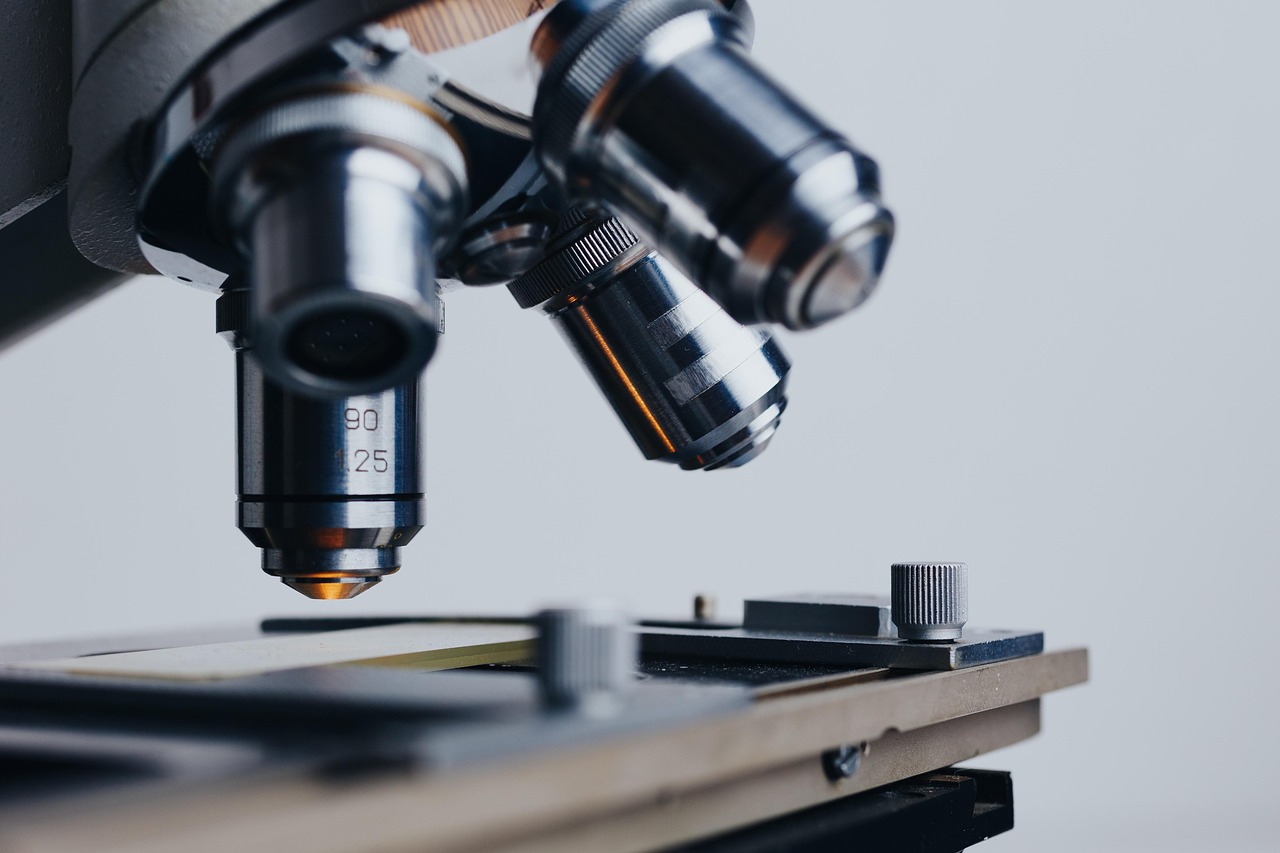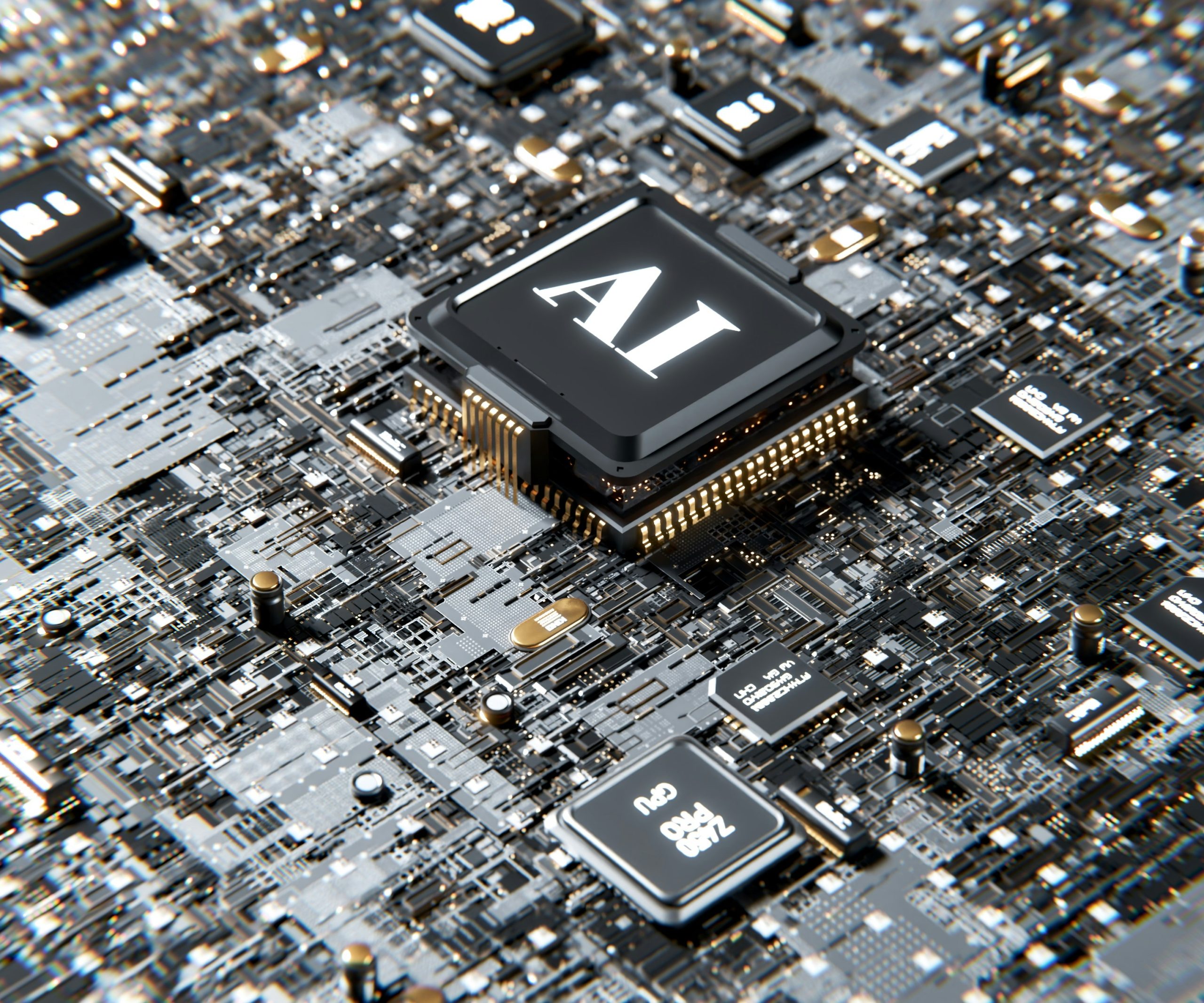As technology rapidly reshapes the healthcare landscape, artificial intelligence (AI) is emerging as a transformative force especially in fields like physical therapy that rely on personalised care, data analysis, and consistent patient engagement. Traditionally, physical therapy has been a human-centered discipline focused on restoring mobility and improving quality of life. But AI is not here to replace therapists; rather, it’s poised to enhance their capabilities, improve outcomes, and expand access to care in ways previously unthinkable.
From AI-driven assessments and virtual coaching to smart wearables and predictive analytics, the future of physical therapy is becoming increasingly intertwined with intelligent systems. Here’s a comprehensive look at how AI is revolutionizing this essential healthcare field, and what it means for both practitioners and patients.
AI-Powered Assessments and Diagnostics
One of the most promising areas of AI in physical therapy is its application in movement analysis and diagnostics. Using computer vision and machine learning algorithms, AI can now analyze a patient’s movement patterns through video capture or sensor data to detect abnormalities and deviations from standard motion.
This capability offers several advantages:
- Faster, more accurate diagnoses: AI tools can process biomechanical data in seconds, reducing the time needed to develop treatment plans.
- Objective progress tracking: Rather than relying solely on visual observation, therapists can use data-driven metrics to monitor improvements or setbacks.
- Remote evaluations: Patients in rural or underserved areas can upload video assessments, allowing AI to help clinicians analyze results virtually.
These advancements don’t replace the therapist’s clinical judgment—they augment it, offering another layer of precision and insight.
Smart Rehabilitation Tools and Wearables
Rehabilitation is most effective when exercises are done correctly and consistently, both in the clinic and at home. That’s where AI-driven smart devices come in.
Examples include:
- Wearable motion sensors that provide real-time feedback on form and technique.
- AI-guided rehab apps that coach users through exercises and adapt based on performance.
- Connected resistance bands that track strength and range of motion over time.
With the help of AI, these tools encourage better adherence, reduce the risk of injury during unsupervised exercises, and empower patients to take a more active role in their recovery. For therapists, this means more data to personalize care and fewer follow-up visits that focus solely on form correction.
The Rise of Online Doctor of Physical Therapy (DPT) Programs
As AI transforms the practice of physical therapy, it’s also influencing the way physical therapists are trained. The demand for flexible, high-quality education has led to a rise in Doctor of Physical Therapy programs online (DPT), a trend that aligns with the digital evolution of healthcare.
Why Online DPT Programs Matter in the AI Era:
- Flexible Learning: Students can access coursework and complete clinical hours while working or managing family responsibilities.
- Tech Integration: Many programs incorporate telehealth platforms, simulation labs, and even AI-based diagnostic tools to prepare students for modern clinical environments.
- Broader Access: Students from rural or underserved areas can now train without relocating, helping to bridge gaps in the national physical therapy workforce.
Some accredited programs offer hybrid formats that combine online coursework with in-person residencies, ensuring students still get hands-on experience.
As AI continues to evolve, DPT programs are adapting their curricula to include training in digital tools, data analysis, and emerging technologies—equipping future therapists to lead in an AI-enhanced clinical world.
Predictive Analytics and Personalized Care Plans
AI excels at identifying patterns across large datasets—something that can significantly improve treatment personalization in physical therapy. By analyzing patient history, comorbidities, lifestyle factors, and genetic data, AI can help clinicians design more effective and individualized rehabilitation programs.
Benefits of Predictive Modeling:
- Faster recovery times: Algorithms can suggest the optimal exercise intensity or progression schedule for each patient.
- Reduced readmission rates: Predictive tools can flag patients at high risk of complications or non-compliance, prompting early intervention.
- Enhanced decision-making: Therapists can use AI-generated insights to prioritize care plans and monitor long-term outcomes.
This type of precision therapy not only benefits patients but also helps healthcare systems save on costs and improve resource allocation.
AI in Telehealth and Virtual Physical Therapy
Telehealth boomed during the COVID-19 pandemic, and physical therapy quickly adapted to virtual formats. AI is now taking tele-rehabilitation to the next level by enhancing these remote sessions with interactive tools and intelligent monitoring.
How AI Supports Virtual Therapy:
- Real-time movement correction: AI can analyze a patient’s form via webcam and provide instant feedback.
- Virtual assistants: Chatbots can remind patients about appointments, suggest daily stretches, or answer basic questions about their recovery.
- Progress dashboards: Smart apps can track adherence, pain levels, and exercise outcomes, giving therapists insight between sessions.
AI-driven virtual therapy is especially useful for patients with mobility issues, busy schedules, or those who live far from healthcare facilities.
Automation of Administrative Workflows
Another area where AI is proving invaluable is in the reduction of administrative burdens on physical therapists. Documentation, insurance coding, scheduling, and billing are essential but time-consuming tasks.
With AI and natural language processing (NLP), therapists can:
- Dictate notes that are automatically transcribed and formatted into electronic health records (EHRs).
- Automate billing codes based on treatment documentation.
- Predict appointment no-shows using patient history and behavioral data, allowing clinics to optimize scheduling.
These efficiencies free up therapists to spend more time with patients and less time behind a computer.
Ethical Considerations and Human Touch
While AI offers significant benefits, it’s important to acknowledge its limitations and potential pitfalls. Physical therapy is inherently a human-centered profession—one that relies heavily on empathy, communication, and the therapeutic alliance between practitioner and patient.
Ethical questions to consider:
- Data privacy: How is sensitive health data being stored and used?
- Bias: Are AI algorithms trained on diverse patient populations?
- Access: Will AI-driven care widen or narrow the gap between urban and rural communities?
AI should enhance—not replace—the human connection that defines physical therapy. Balancing technological innovation with ethical responsibility will be key to its successful integration.
Looking Ahead: A Collaborative Future
The future of physical therapy will likely be a collaborative model, where AI handles complex data analysis and repetitive tasks, while human therapists focus on what they do best: motivating patients, adapting to nuanced needs, and delivering compassionate care.
What we can expect:
- AI-enhanced clinical decisions based on real-time data and evidence.
- More widespread use of virtual care and mobile apps that extend therapy into daily life.
- Smarter training programs that prepare DPT students for a digital-first healthcare system.
Ultimately, AI is not a threat to physical therapists—it’s a tool that can help them deliver better, faster, and more accessible care to the people who need it most.
Conclusion: Embracing Innovation While Staying Human
Artificial intelligence is transforming physical therapy from the inside out, offering powerful tools to improve patient outcomes, streamline operations, and make therapy more accessible to all. But its true potential will only be realized when it’s used in harmony with the empathy, skill, and adaptability of trained professionals.
As online DPT programs rise to meet the evolving demands of the field, and as AI becomes a staple in clinics and homes alike, the physical therapists of tomorrow will be part scientist, part coach, and part technologist. The future isn’t just automated—it’s amplified.




